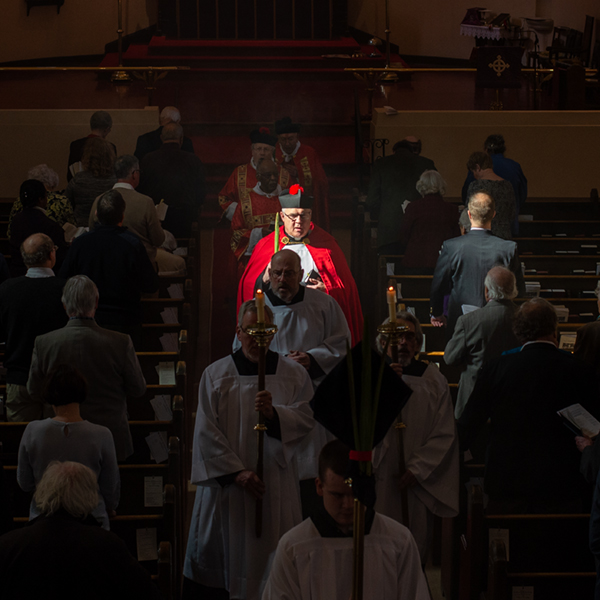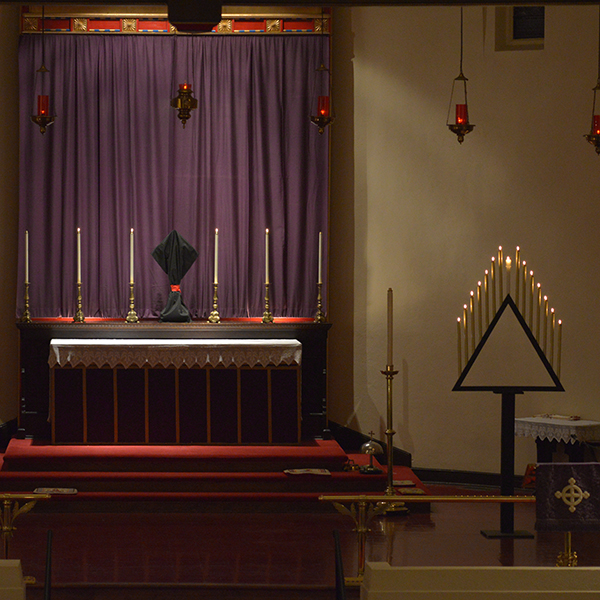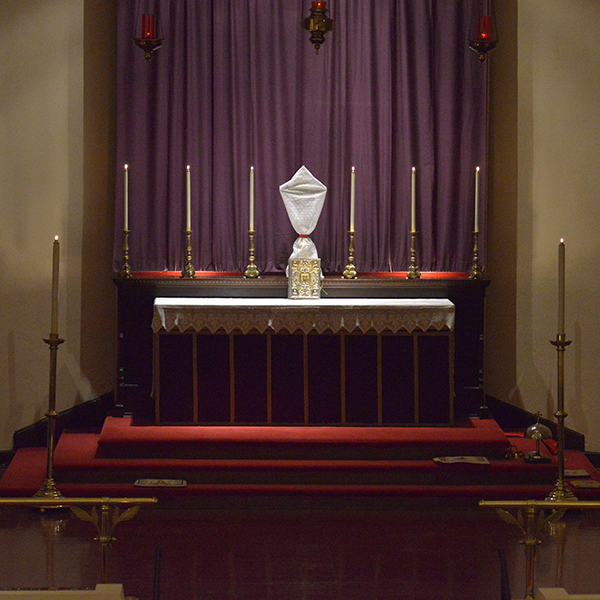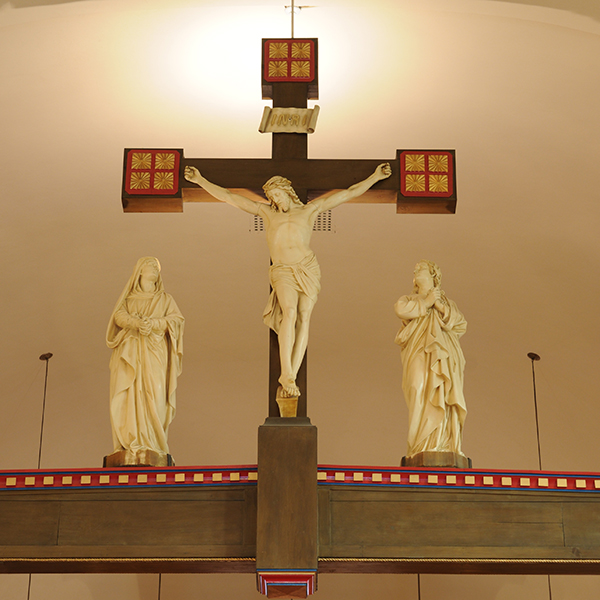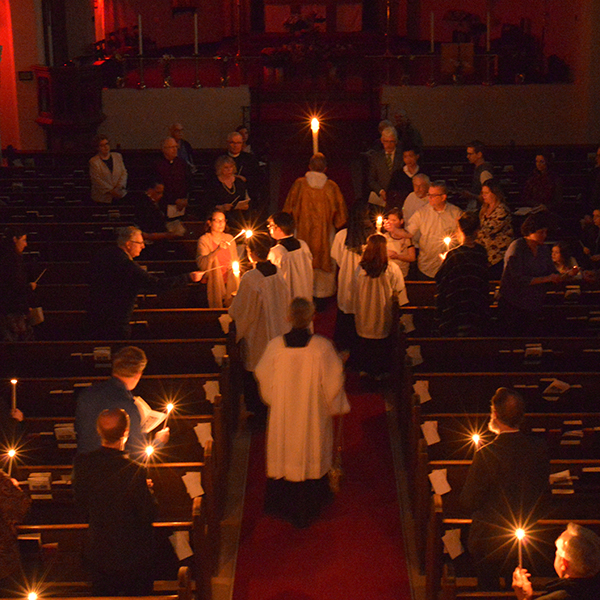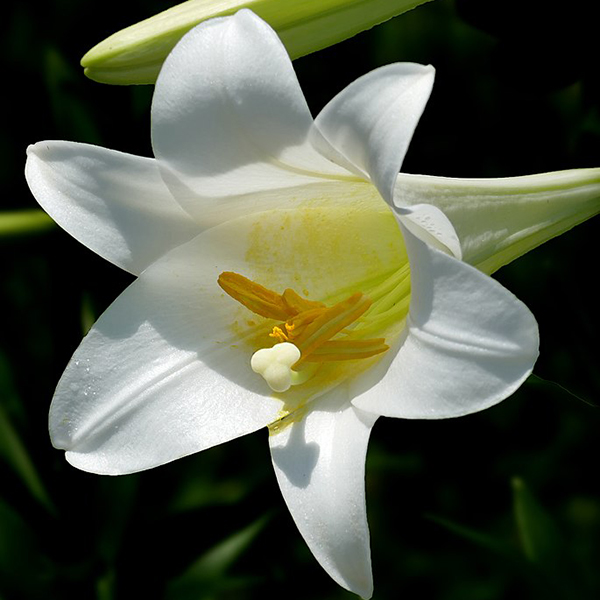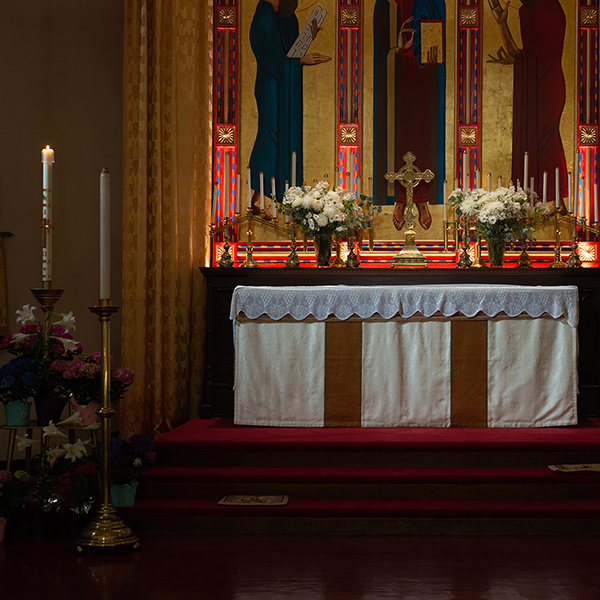What is Holy Week?
Holy Week, in the Christian church, is the week beginning on Palm Sunday and ending at Easter. It is both the most solemn and the most joyous week of the Church year, the week when we remember and seek to experience with Jesus his betrayal, passion (suffering), death and resurrection. The week begins with the crowds honouring Jesus as he rides into Jerusalem on Palm Sunday. We then experience the darkness of Tenebrae, the commemoration of Jesus’ First Eucharist and the all-night vigil on Maundy Thursday, the grief and the victory of Good Friday, and Easter Vigil on Holy Saturday. The week ends with the joyous celebration of Jesus’ resurrection on Easter Sunday.
You are invited to join us as we relive the power and significance of these events, not merely as bystanders, but as participants.



